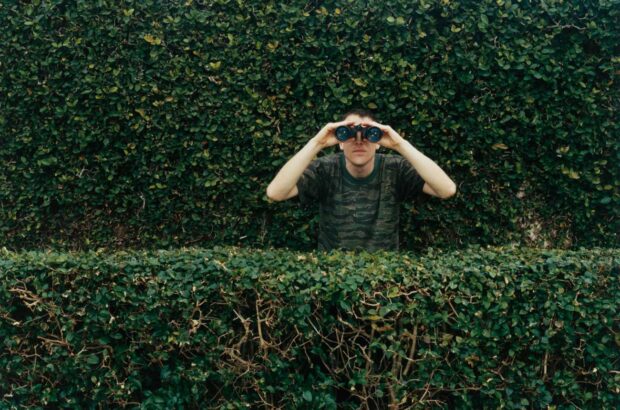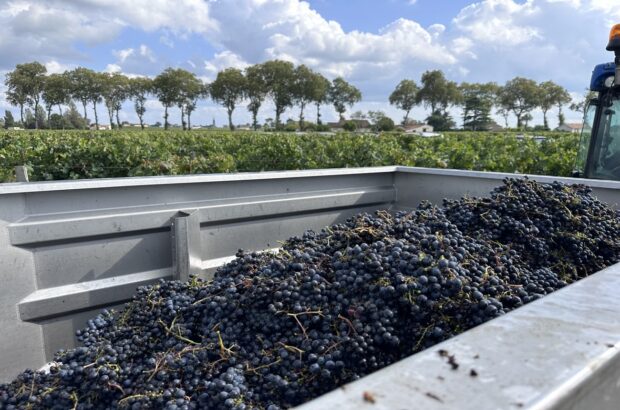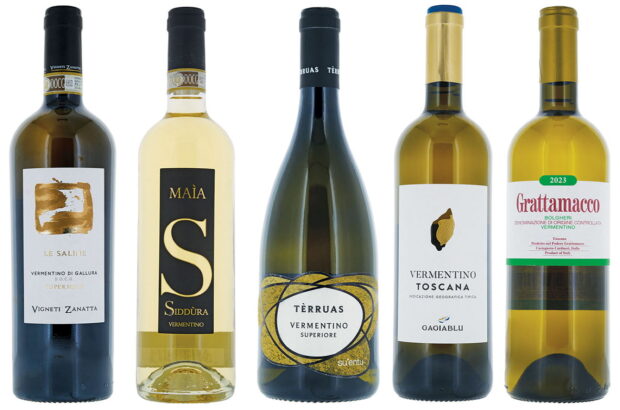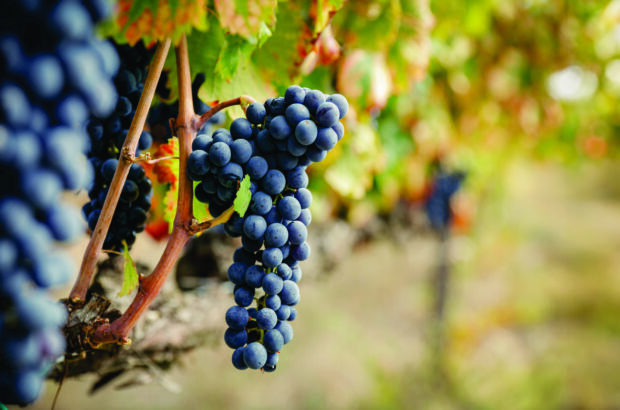Both Master Sommeliers, and authors of How to Drink Australian (£40, Murdoch Books), this Nashville-based married couple met while working as sommeliers in New York. After spending four years in Australia from 2016, they returned to the US, eager to educate wine lovers about the exciting Australian wine scene. They wrote their comprehensive, region-by-region guide – described by wine critic Huon Hooke as ‘an outstanding piece of work’ – while setting up and running Legend, which imports wines they discovered during their time in Australia.
‘We were both working as somms in Michelin star restaurants in New York when Jane was offered a job at Attica in Melbourne. Once there, we were dumbfounded to realise that there is very little understanding of Australian wine in the US and limited access to the most exciting wines. There are 65 wine regions in Australia, and many of them you just don’t come across outside of Australia.
‘Consider the fact that only around 10% of Australian producers export their wine to the US. So everything wine lovers here know and think about Australian wine is based on that 10%. And remember that many of the wines that are exported are made specifically with export markets in mind. You can’t drink Yellowtail in Australia, even if you want to.
‘Even in wine education, Australia is poorly represented, and students aren’t getting the true picture of Australian wine. For example, Italian and other Mediterranean grape varieties are massive in Australia right now, but this just doesn’t feature in wine education.
‘This is probably partly because the country’s output hasn’t been matched by its scholarly offering. There are lots of great Australian wine writers, but some of them don’t write books, and those that do tend to focus more on a domestic audience. Younger regions tend to be dealt with in a broader stroke, and we wanted to go deeper. The reality is that publishers are more likely to get behind books on established regions, such as Bordeaux, Burgundy, Champagne – we want to make Australia one of those established regions, to help create the audience for that.
‘Many in the US think Australian wine is all about bulk production, mass-produced commercial wine and nothing else. Big, warm, sunshine-in-a-glass wine – but it’s a misrepresentation. Only three of those 65 regions are tank farms. France’s Languedoc region produces more wine than Australia every year! And there is an incredible climatic diversity, as you’d expect in a country as large as Australia.
‘There really has never been a more exciting time to drink Australian wine. We’re into the third generation of quality table wine producers now, so deeper knowledge, combined with some of the world’s oldest vines, and a real spirit of innovation and determination. It’s not locked into grapes and styles in the same way as, say, Burgundy is with Chardonnay and Pinot Noir. Australia benefits from dexterity, and this is a massive benefit in enabling it to respond quickly to climate change. Producers are re-evaluating the grapes planted, experimenting with new varieties. Within a kilometre you might see Riesling, Grenache and Nero d’Avola planted. You could be picking Pecorino at 12% alcohol and Shiraz at 15% within a stone’s throw of each other – you don’t see that anywhere else.
‘Lots of winemakers are jettisoning self-imposed rules as they grow in confidence, and are less reliant on the lab than they used to be – they’re trusting in their own palates.
‘The most exciting styles right now have got to be the Mediterranean and Italian varieties. Vermentino, Fiano, Aglianico, Nero d’Avola – they’re all making great wines. Nerello Mascalese vines are in quarantine and coming onstream soon. Producers in drier, warmer regions are increasingly turning to these grapes to make the best wines they can, rather than automatically turning to Chardonnay and Shiraz.
‘That said, the Chardonnays being made are fantastic. Yarra has precise, linear, flinty styles made at high altitude that bring Chablis to mind; while Giaconda and Beechworth Chardonnnays tend to be more Montrachet in style. At the A$50 level, Adelaide Hills Chardonnay knocks Burgundy out of the park. Australian show judging has accelerated the quality of Chardonnay – it’s a grape that showcases winemaking, and the competitions have encouraged winemakers to think deeply about it and be more precise.
‘There are regions that were just a blip a few years ago that are really flourishing now – Swan Valley outside of Perth, for example. But Australia’s best sites have yet to be discovered. The huge distances involved are a factor, and lack of infrastructure. But it’s also just because of the relative youth of the industry. The best is yet to come…
‘Pick one glass of Australian wine to drink right now? Seppetsfield Grenache from Barossa, served slightly chilled: ethereal, red-fruited and medium-bodied – and affordable.’ (Jane). ‘Patrick Sullivan Baw Baw Chardonnay from Gippsland: lightly oaked, energetic and bright – reminiscent of Burgundy, with a bit more sunshine.’ (Jonathan).












